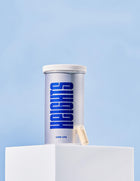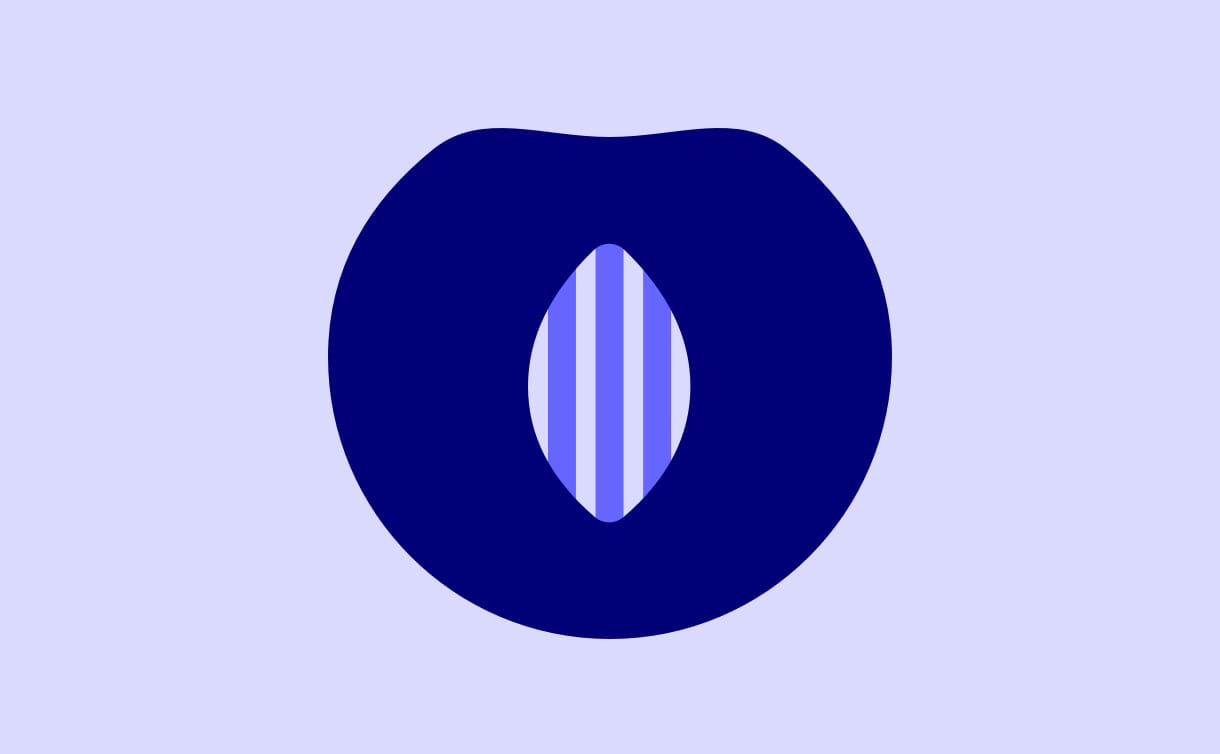
5 more things we learned from Channel 4’s Know Your Sh!t
As the hit Channel 4 show starring Sophie Medlin comes to an end, we look at the highlights.

Every Tuesday night, for the past six weeks, we’ve been tuning in to Channel 4’s Know Your Sh!t. Starring Heights Head of Nutritional Research & Insights Sophie Medlin , the show has broken down barriers about gut health, showing some of the incredible things our guts can do, and how small lifestyle changes can make all the difference.
Here are a few of the things we learned from the second half of the series ( currently available in the UK on All4 ).
Rest and digest
In episode 4, Wayne came along to Poo HQ. The pressures of his job as a police officer were affecting his gut—another example of the gut-brain axis in motion.
There are two separate parts of your autonomic nervous system—the sympathetic and the parasympathetic. The famous fight-or-flight response occurs when the sympathetic nervous system takes over, raising your heart rate and adrenaline levels, while shutting down any digestive processes.
But alongside the fight-or-flight response, there’s another—rest-and-digest. This is when the parasympathetic nervous system takes over, lowering the heart rate, and allowing you to digest your food peacefully. Breathing exercises are a great way to activate the rest-and-digest response and help improve your digestion.
True colours
You’ve heard the expression ‘eat the rainbow’. It’s a common tip for a better, balanced diet—eating as many different colours as possible. But can a colourful diet affect your gut health?
As we know, a diet full of plants contains lots of fibre, providing food not only for you, but also for the trillions of bacteria in your gut. But that’s not the only way that a colourful diet can be beneficial.
Almost all the colours in food come from compounds called polyphenols —the red in cherries, the yellow in turmeric, and the blue in blueberries all come from these compounds. Research suggests that polyphenols are incredibly good for your gut health (Professor Tim Spector referred to them as rocket fuel for your microbiome), promoting good bacterial growth and diversity.
Breast milk supplements
70% of your immune system is located along your digestive tract—from your mouth to your rectum. Our bodies are constantly communicating with the microbes that live in the digestive tract (the gut microbiome), and these microbes actually train the immune system to respond to foreign organisms, recognising the difference between beneficial and harmful bacteria. So without a diverse set of bacteria in your microbiome, your immune system wouldn’t be able to develop properly.
Luckily, your microbiome is developing from your earliest years, with bacteria being seeded in your gut from birth. In fact, 30% of the initial influx of microbes that make up your microbiome come from the labour process, and 40% comes from the naturally occurring bacteria in breast milk. Therefore, scientists are trying to develop neonatal supplements from breast milk donors to provide a diverse set of beneficial bacteria to infants without access to breast milk.
Where skin meets gut
As well as a gut microbiome, you also have a skin microbiome—millions of beneficial bacteria living on your skin, providing essential support to many aspects of your overall health. And perhaps surprisingly, your gut microbiome and skin microbiome are intimately connected.
In episode 5, we met Emanuele, whose skin issues were not only frustrating for obvious reasons, but were also affecting his confidence and mental health. On top of that, he had regular bloating. The initial tests showed that Emanuele had a high proportion of inflammatory microbes in his gut, alongside a relatively low microbial diversity. Studies suggest that these two factors might lead to skin issues.
Sophie and her colleague, Dr Rabia Topaz, recommended that he increase the amount of anti-inflammatory foods—like avocados, olive oil, nuts, and seeds—in his diet, while lowering the amount of processed foods. They advised that, while changes aren’t going to happen instantly, dietary adjustments over a longer period of time may help ease some of the skin problems.
Fermented shark isn’t necessarily to blame
In the last episode of the season, we came across Purdy, a private investigator. Her gut issues began after her honeymoon in Iceland, when she ate some fermented shark—a local delicacy. Unfortunately, it didn’t agree with her, and she got the worst food poisoning of her life, and since then, it hasn’t really gone away.
As an investigator, she did some of her own research, and suspected that she might have an unusually large number of certain bacteria in her gut (this is called Sibo), a distinct possibility given that the shark would likely have contained some strains that her gut wasn’t used to. Initial tests showed that, rather than too many bacteria, she had low microbial diversity in the gut, and a large population of a different microorganism, archaea, that produce methane in the digestive tract.
Instead of focusing on the past and investigating the shark, the experts wanted to think about what could be done to help Purdy right now with her bloating and constipation. They suggested reducing the fermentable carbs in her diet, and favouring foods that will help increase her microbial diversity —a variety of colourful plants and whole foods.
Want to learn more from Sophie and Dr Rabia? Take a look at our recap of the first half of the series here.
Know your own mind?
The average brain health score is 51/100. Take our 3-minute quiz to learn how yours measures up and how to boost it.















